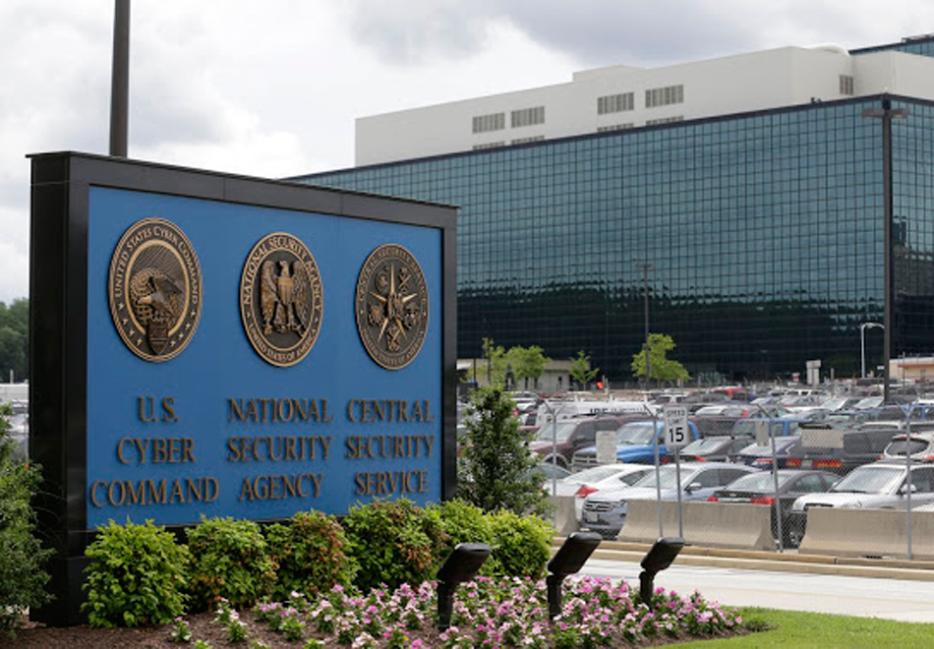Earlier this week, as Apple, Microsoft and Sony revealed their latest wares in absurd, often cacophonic keynote presentations, one could almost be forgiven for agreeing with Jonathan Safran Foer. Just this weekend, he penned another entry in that grand tradition of the op-ed piece decrying the alienating, distracting effects of modern technology. In the face of these tech giants’ bombastic, ludicrous rhetoric, Foer was almost compelling.
Of course, there remains no shortage of faults to find with the argument that technology pulls us away from what’s important. Many of the things one looks at on a screen—news about the world, messages from loved ones, art—are just as real as anything else. What was perhaps different this time, though, was a coincidence of timing, and how odd it all sounded in light of the recent stunning revelations about government surveillance and corporate cooperation. With talk of the NSA, PRISM and the delightfully named Boundless Informant, there was a very strange contradiction at work. On the one hand, cultural commenters constantly tell us that the virtual is just that—less real, less human, less present. On the other, when we learn that the very ephemera being criticized may be subject to snooping, it suddenly feels like a threat, as if very real parts of our lives have just been exposed. Something just doesn’t add up here.
Since its inception, “cyberspace” has been thought of as virtual reality, a corrupted, lesser version of what we know to be true in the here and now. What that idea elides, though, is that the scraps of self-expression, communication and media that populate much of online life have always been part of being human. We form our identities in relation to our communiqués, photographs of ourselves or our friends, or books that we love. This has always been the case, and the fact that some of these things are now made of bits and pixels rather than atoms hasn’t changed this basic reality. We are not just bodies: we are bodies in a relationship with the externalization of our identities in words, in pictures, in memory.
But while we’re still figuring out exactly what the American, Canadian and other governments are listening in on, just the simple fact that they are at all indicates the newness of the digital. In its form, in its delivery systems, in its very nature, the boundless code of zeroes and ones through which we chat, upload photographs and wage war is subject to vastly more potential intrusion than pieces of paper. When, for example, creator of the The Wire David Simon feigned shock that the average citizen didn’t realize that PRISM is no different from wiretapping, what he missed is that listening has changed. The capacity to process billions of messages and bits of data has turned what was once a comparatively private text of identity—an amalgam of the language and icons through we defined the self—into a public one, simply by changing the medium of its transmission.
So here we are at the dawn of the digital age, forming our identities, communicating with others, crafting our careers and our legacies, all on and through a grand digital canvas. It is just the logical extension of what came before—the diary now the blog, the magazine now the website, the photo album now the photo service, the mirror now the camera phone. Who could blame anyone for continuing on with what it meant to be human? So we soldiered on in the mode of “expressing ourselves,” of taking something inside and bringing it to light so that we can be seen for who we are. That’s why we have these metaphors and why we have Facebook profiles, too: because becoming ourselves has always meant revealing or creating our ideas about who we are with ever-increasing clarity.
What tripped things up, though, was that the canvas we were given to paint ourselves upon never actually belonged to us. Instead, on it, our markers of identity are cross-referenced and identified by a hundred other databases of voluntarily given information. As the PRISM debacle highlights all too clearly, we are too visible online, too vulnerable and unsure in our new dual-position as digital bits as well as bodies. In opposition to what Foer and others say, the problem is not that the virtual isn’t real enough; it’s that it’s too real. It is the traces and signs of our “actual,” “true” selves that we have left upon the digital network, and what’s clear now is that, in the very digital nature of the medium, those synecdoches of self are forever at risk.
How odd, then, that in the early twenty-first century, it may be we need a new metaphor for becoming free individuals. Not a revealing, but a hiddenness; not transparency, but obfuscation and opacity. At best, though, it is a defensive measure. There is no reason to valorize or celebrate the secret language of the slave so that some shred of humanity might survive even under the master’s glare. It’s simply what one does to live. And in the long run the only real option is to demand one’s rights: to neither simply find a way to cope with it, nor to cede or abandon the ground of one’s self-actualization, but to do one’s best to obliterate the omniscient gaze itself.






